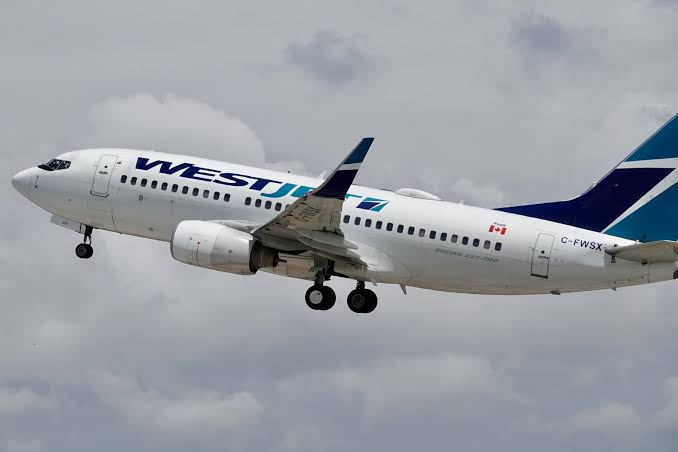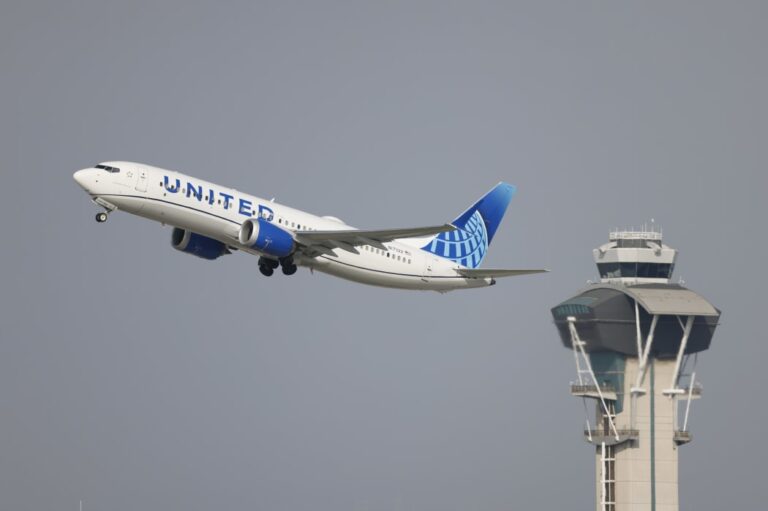WestJet Airlines Cancelled All Flight Due To Recent Mishap
WestJet Airlines Grounds Flights After Severe Hailstorm Damages Fleet
WestJet Airlines has been forced to ground multiple flights and cancel hundreds more following a powerful hailstorm that severely damaged several of its aircraft. The disruption, centered at Calgary International Airport, has impacted thousands of passengers and is expected to continue affecting flight schedules in the coming days.

Extent of the Damage
The hailstorm struck Calgary on August 5, 2024, unleashing massive hailstones that caused significant damage to the aircraft parked on the tarmac. WestJet confirmed that 16 of its planes were directly hit, with some suffering major structural damage to fuselages, engines, and windshields. This accounts for approximately 10% of WestJet’s total operational fleet.
The storm developed rapidly, and the airline had less than 30 minutes to react. Despite the short notice, ground crews managed to secure aircraft and redirect others in-flight to avoid exposure. Still, the severity of the storm left little time to prevent damage. Two additional planes suffered minor issues and were quickly returned to service, but the majority of the affected aircraft are undergoing extensive inspections and repairs.
WestJet’s President and COO, Diederik Pen, called the hailstorm “unprecedented in scale and impact,” stating that safety remains the airline’s top priority.
Operational Impact
In the aftermath of the storm, WestJet canceled nearly 600 flights over a span of just over a week. With 16 planes out of service, the airline has been operating with significantly reduced capacity. Daily cancellations averaged around 50 flights, affecting not only domestic routes within Canada but also some international services.
The airline has responded by adjusting its schedule and prioritizing flights on routes with higher demand. Aircraft from its regional carrier, WestJet Encore, have been used to help ease the pressure, and the airline is exploring temporary capacity support from other carriers.
In addition to direct cancellations, the operational limitations have caused cascading delays across the WestJet network. Airports in Vancouver, Toronto, and Edmonton have seen long lines and frustrated passengers trying to rebook or reroute their journeys.
Passenger Support and Communication
To ease the disruption for travelers, WestJet has updated its travel advisory and is offering flexible rebooking options. Passengers with flights scheduled between August 5 and August 8 have been given the option to rebook or cancel without additional fees. Those affected by cancellations are being offered travel credits or full refunds, depending on their booking terms.
WestJet’s customer service teams have been working around the clock to assist stranded and delayed travelers. Additional staff have been deployed at call centers and major airports to handle increased volume.
The airline has urged customers to check their flight status online before heading to the airport and to allow for extra time during check-in and security, as operations remain under stress.
Despite these efforts, many passengers have expressed frustration on social media over long wait times and rebooking difficulties. WestJet has acknowledged these concerns and committed to improving communication as the situation evolves.
Broader Context
This is not the first time WestJet has had to contend with major disruptions in 2024. Earlier in the year, in June, a surprise strike by the airline’s mechanics’ union led to the cancellation of more than 400 flights, stranding thousands of passengers across North America. Just months before that, in January, extreme winter weather brought operations to a standstill across Western Canada, forcing the cancellation of over 500 flights due to dangerously low temperatures and icy conditions.
The repeated challenges highlight the difficulties facing Canadian airlines this year, with a mix of labor disputes and extreme weather events disrupting schedules and stressing operations.
WestJet has been working on contingency plans to make its operations more resilient. However, the combination of labor shortages, supply chain issues for aircraft parts, and increased travel demand has made quick recovery from each incident difficult.
Looking Ahead
WestJet has stated that it is working “as quickly and safely as possible” to return its damaged aircraft to service. Specialized technicians have been flown in, and the airline is coordinating with aircraft manufacturers and safety regulators to accelerate repairs.
While no official timeline has been given for full restoration of service, internal estimates suggest that most of the grounded aircraft could be operational within two to four weeks. In the meantime, WestJet plans to continue adjusting its flight schedule daily and communicate changes to passengers proactively.
The airline has also promised a review of its storm response protocols, including how aircraft are protected during sudden weather events. Discussions are ongoing with Calgary International Airport officials about whether changes to airport infrastructure or procedures could reduce future vulnerability.
Travelers planning to fly with WestJet in the coming weeks are advised to monitor flight updates regularly, check for revised itineraries, and make use of the flexible booking policies currently in place.






